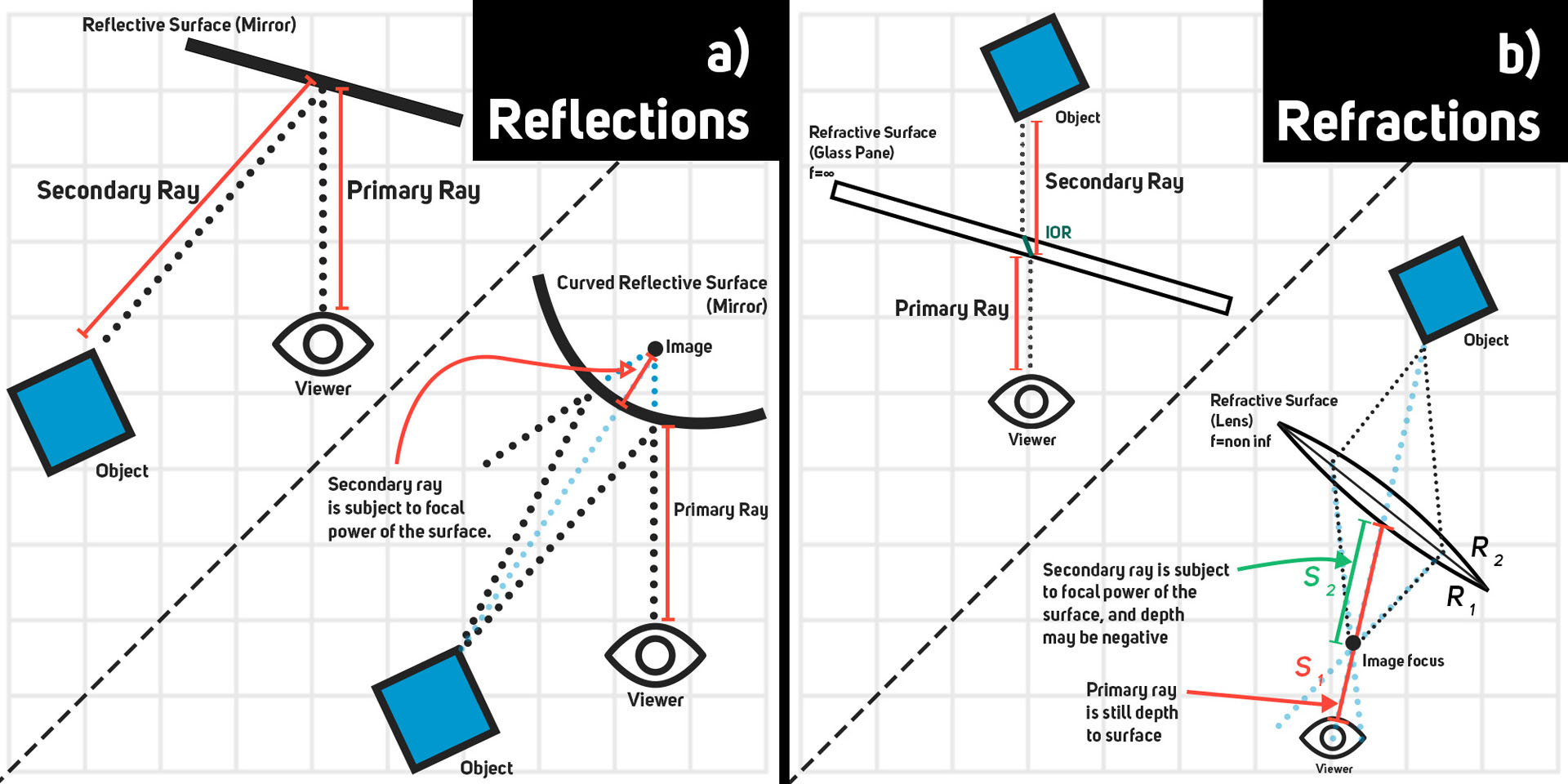“Enabling Reflective & Refractive Depth Representation in Computer-Generated Holography” by Demolder, Nait-Charif, Adzhiev, Newman, Durrant, et al. …
Conference:
Type(s):
Entry Number: 44
Title:
- Enabling Reflective & Refractive Depth Representation in Computer-Generated Holography
Presenter(s)/Author(s):
Abstract:
Computer-Generated Holography (CGH) is a technique for the reconstruction and display of three-dimensional imagery through diffraction and interference of light. Holograms are generated digitally by calculating light propagation, and displayed on devices called Spatial Light Modulators (SLMs). When illuminated by coherent laser light, holograms then replay a full 3D scene. Recently, holography has received significant attention from industrial and academic communities, with neural holography [Peng et al. 2020] [Shi et al. 2021] and numerous other techniques [Sahin et al. 2020]. Applications of holography include Augmented/Virtual Reality [Widjanarko et al. 2020], Head-Up Displays, and larger display devices [An et al. 2020]. In the real world, objects can be viewed in reflections (such as mirrors) and through refractions (such as glass or water); the depth at which these objects focus is defined by the focal power of the material. In computer graphics, realistic representation of materials is essential to the realism of the image. These effects do not pose an issue for 2D display, as only the pixel intensities are required while focus is pre-determined. By contrast, in image/layer-based holography, z-depth values are used that correspond to the focus distance of objects. While this technique works well for the first object hit by the raytracer, it is unable to accurately encode the depth at which virtual objects appear after reflection or refraction. It is hence necessary for the renderer to pass multiple depth values to the hologram generation engine to ensure realistic representation of reflections and refractions in a realistic 3D display.
Acknowledgements:
This work has been supported by grant funding of the Centre for Digital Entertainment by the Engineering and Physical Sciences Research Council (EPSRC) EP/L016540/1 and VividQ Ltd.







